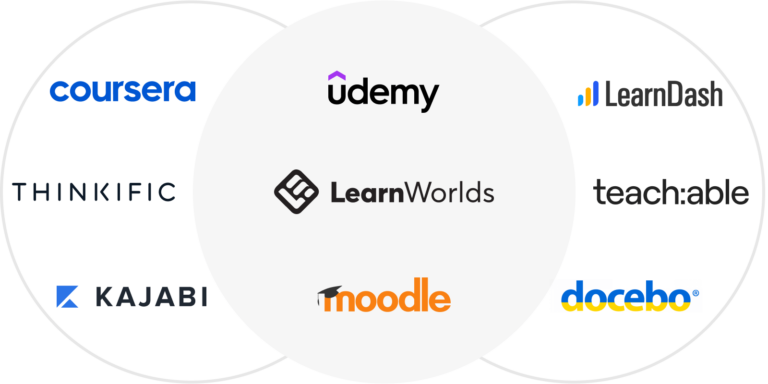The Benefits of STEM Education Initiatives: Preparing Students for the Future
In an increasingly technology-driven world, STEM (Science, Technology, Engineering, and Mathematics) education has become a crucial pillar for preparing students to thrive in the modern workforce. STEM education initiatives aim to equip learners with essential skills and knowledge in these fields, which are in high demand across industries. By fostering problem-solving abilities, creativity, and critical thinking, STEM initiatives provide students with the tools they need to navigate an ever-evolving landscape. This article explores the significant benefits of STEM education initiatives and how they play a vital role in shaping the future of education and innovation.
Why STEM Education is Critical for Future Success
STEM education is no longer a niche or optional aspect of learning—it’s fundamental to building a competitive workforce. As technology continues to advance, careers in STEM fields are expanding rapidly. However, there is a growing skills gap, with many industries struggling to find qualified professionals. STEM initiatives help bridge this gap by providing students with foundational knowledge and practical skills in areas like coding, data analysis, and scientific inquiry. These skills are essential for success in virtually every sector, from healthcare and manufacturing to environmental sustainability and artificial intelligence.
How STEM Education Boosts Critical Thinking and Problem-Solving Skills
One of the key benefits of STEM education is its ability to cultivate critical thinking and problem-solving skills. STEM initiatives encourage students to approach problems from multiple angles, hypothesize solutions, test their ideas, and analyze results. This hands-on approach fosters independent thinking and prepares students to tackle complex real-world challenges. Whether designing an engineering project, developing a piece of software, or exploring scientific phenomena, STEM education requires students to engage actively with problems, enhancing their ability to think logically and creatively.
The Role of STEM in Developing Collaboration and Communication Skills
In addition to technical knowledge, STEM education also emphasizes the importance of collaboration and communication. Many STEM projects require students to work in teams, where they must share ideas, provide feedback, and solve problems together. These group-based activities teach students how to communicate effectively, collaborate across disciplines, and negotiate differing viewpoints. These soft skills are highly valuable in the workplace, where teamwork and communication are critical components of success. Through STEM initiatives, students not only develop technical expertise but also the interpersonal skills necessary to excel in a professional environment.
How STEM Education Supports Innovation and Economic Growth
STEM education plays a pivotal role in driving innovation and economic growth. As more students gain proficiency in these areas, the potential for groundbreaking discoveries and technological advancements increases. From developing sustainable energy solutions to creating new medical technologies, STEM professionals are at the forefront of innovation. Moreover, STEM initiatives help build a workforce that can adapt to new technological developments and contribute to solving global challenges. By fostering an innovative mindset in students, STEM education contributes to a stronger economy and a more sustainable future.
The Importance of Early Exposure to STEM Concepts
Introducing STEM concepts at an early age is crucial for sparking interest and curiosity in these fields. Early exposure helps students build a solid foundation in subjects like math and science, which are essential for more advanced learning later on. By integrating STEM initiatives into K-12 education, schools can inspire the next generation of scientists, engineers, and technologists. Early STEM education encourages students to explore these fields before they make career decisions, increasing the likelihood of pursuing STEM-related professions. Additionally, it ensures that students from diverse backgrounds are equally prepared to enter these high-demand fields.
Frequently Asked Questions (FAQs)
1. What are STEM education initiatives?
STEM education initiatives are programs and curricula designed to teach students key concepts in science, technology, engineering, and mathematics, helping them develop critical skills for the future.
2. How does STEM education benefit students in the workplace?
STEM education equips students with valuable skills such as problem-solving, critical thinking, collaboration, and technical expertise, which are highly sought after by employers across industries.
3. Can STEM education improve economic growth?
Yes, by fostering innovation and providing a skilled workforce, STEM education contributes to technological advancements and the development of new industries, driving economic growth.
4. Is it important to start STEM education early?
Yes, early exposure to STEM concepts sparks curiosity and helps students build a strong foundation in these fields, increasing the likelihood of pursuing STEM careers later in life.
5. How does STEM education encourage innovation?
STEM education encourages creativity, experimentation, and problem-solving, which are essential components of innovation. Students are taught to approach challenges from different perspectives and develop solutions that can lead to new technologies and breakthroughs.


